Femoral head Pipkin type 1 - earthquake crush injury
Score and Comment on this Case
Clinical Details
Clinical and radiological findings: 19 year old earthquake crush injury She applied to the emergency 2 days after being under the rubble. At the time of the earthquake, the hip was reduced and referred to us in another center due to the haste.
Preoperative Plan
Planning remarks: lateral dekübit position.t. major osteotomy and screw fixation
Surgical Discussion
Patient positioning: lateral dekübitis
Anatomical surgical approach: lateral
Operative remarks:Femoral head fractures are rare traumatic injuries that are usually associated with hip dislocations.CT scan for surgical planning.The hip needs to be reduced within 6 hours
Postoperative protocol: immediate early range of motion delay weight bearing for 6-8 weeks radiographs after 6 months to evaluate for AVN and osteoarthritis
Orthopaedic implants used: acutrack and canulluted screw
PubMed® Literature Review
Generated by The Literature - Realtime PubMed® AnalysisThe case at hand involves a Pipkin type 1 femoral head fracture managed through operative treatment (1). Surgical management of such fractures has witnessed advancements in recent years, and controversies regarding surgical technique and approach have arisen.
The Pipkin classification system, widely utilized for femoral head fractures, differentiates the injuries based on fracture location and the presence of accompanying fractures (4,6). A critical aspect of managing these fractures is the timely reduction of the hip joint, ideally within 6 hours, to improve clinical outcomes and avoid irreversible complications (14). The choice of treatment hinges on the fracture type, with surgical intervention typically reserved for major fragment displacements exceeding 2 mm (20).
Surgical hip dislocation by the Ganz technique has been employed to treat posterior hip dislocations associated with femoral head fractures, as this method allows for optimal visualization of the joint and improves safety, functional, and radiological outcomes (8,14). However, trochanteric flip osteotomy (TFO) combined with surgical hip dislocation has also demonstrated promising results in terms of functional outcomes, avascular necrosis (AVN) rates, and fracture healing (12,18).
The management of high BMI patients with Pipkin type IV femoral head fractures has been performed through arthroscopy-assisted surgery, which mitigates the need for extending surgical incisions for improved visualization (3). Arthroscopic-assisted percutaneous fixation is another technique that may minimize surgical morbidity and expedite recovery (15).
Osteosynthesis, another treatment option, has been performed in various cases with different types of fixation materials such as resorbable screws, 3.5-4 mm screws, 6.5 mm screws, and K-wires (16). Factors influencing the outcome of osteosynthesis after closed reduction of femoral neck fractures in young adult patients have been examined in a retrospective study (13). Furthermore, osteosynthesis of femoral head fractures with hip dislocations has been reported in the literature, with the frequency of such fractures estimated at approximately two cases per million per year (17).
In conclusion, while surgical hip dislocation with the Ganz technique and TFO has demonstrated favorable outcomes, arthroscopy-assisted surgery for high BMI patients, and arthroscopic-assisted percutaneous fixation as a means of optimizing femoral head fracture treatment, are emerging alternatives (8,14,15). A comprehensive understanding of these techniques and their potential benefits and drawbacks is necessary for choosing the most appropriate treatment strategy for patients with femoral head fractures.
Search for Related Literature
Industry Sponsership
contact us for advertising opportunities
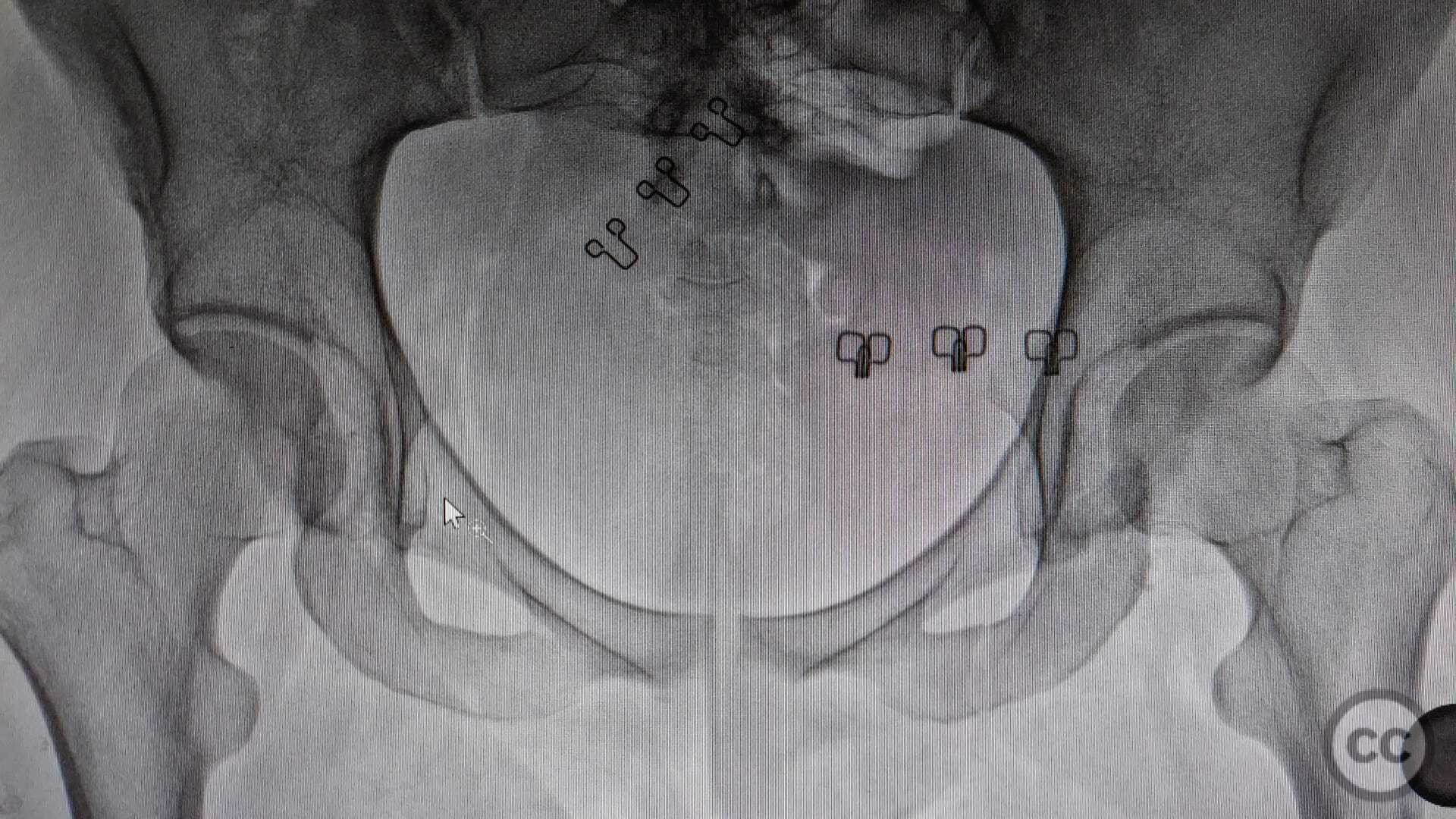
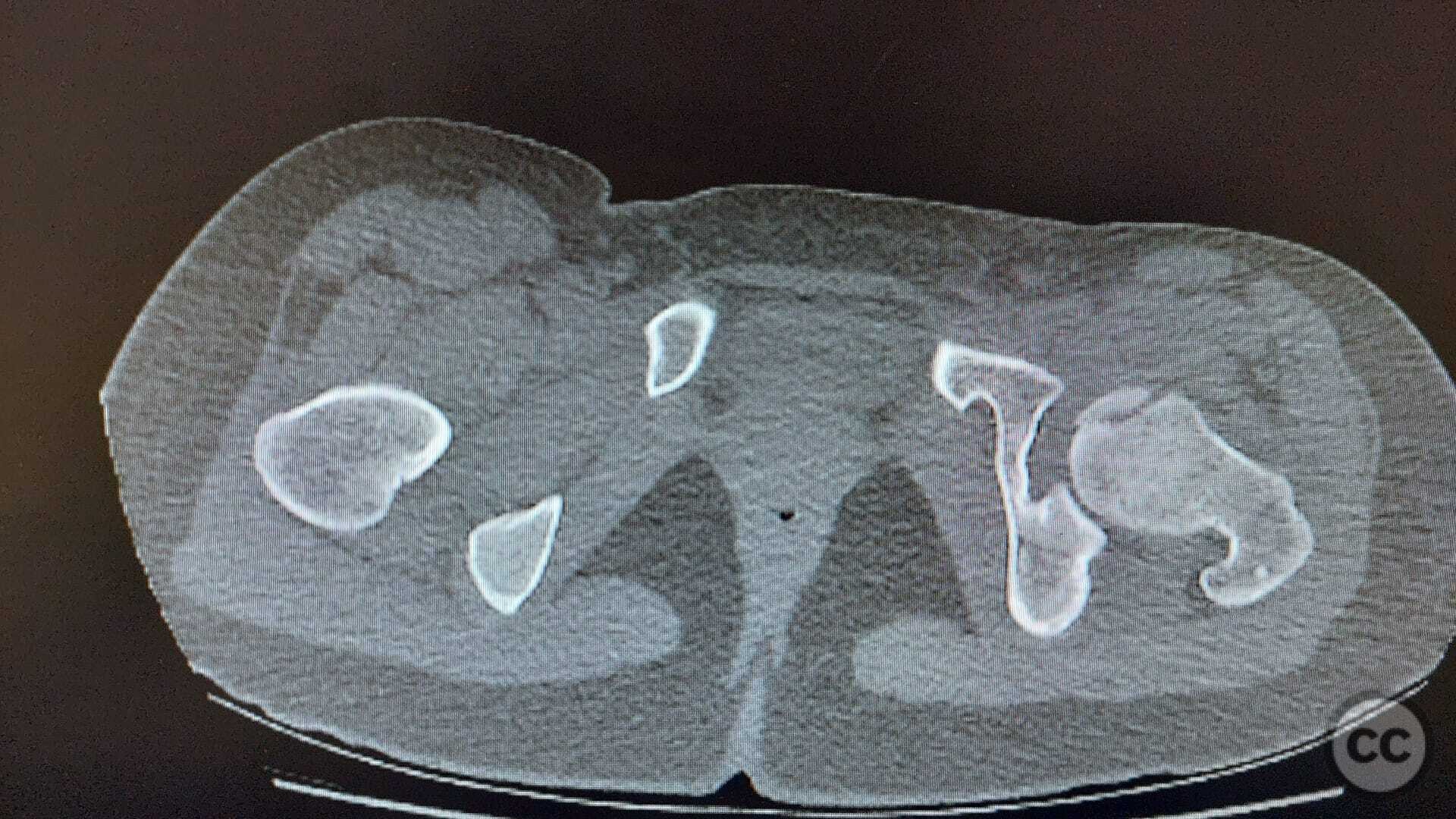
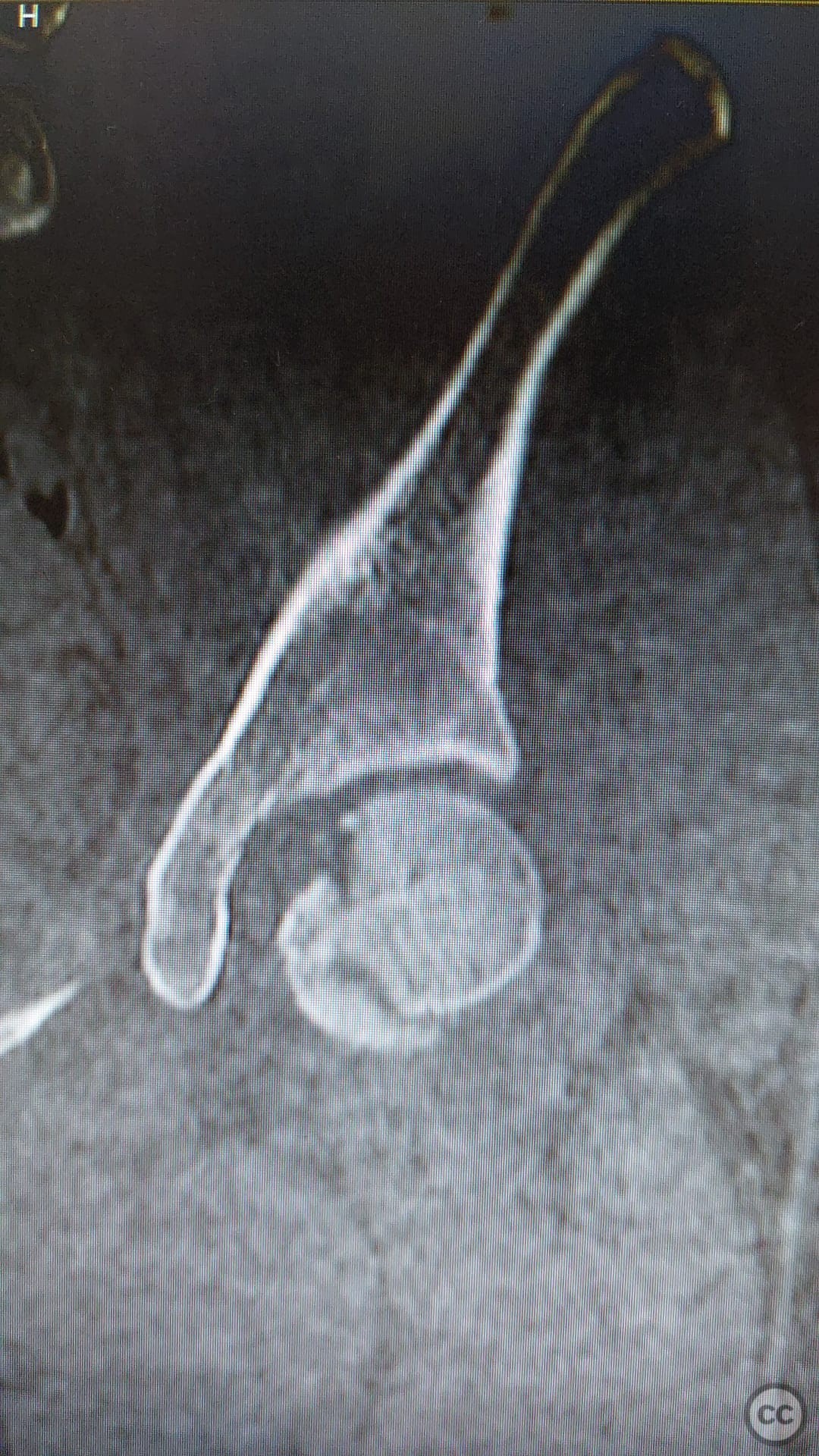
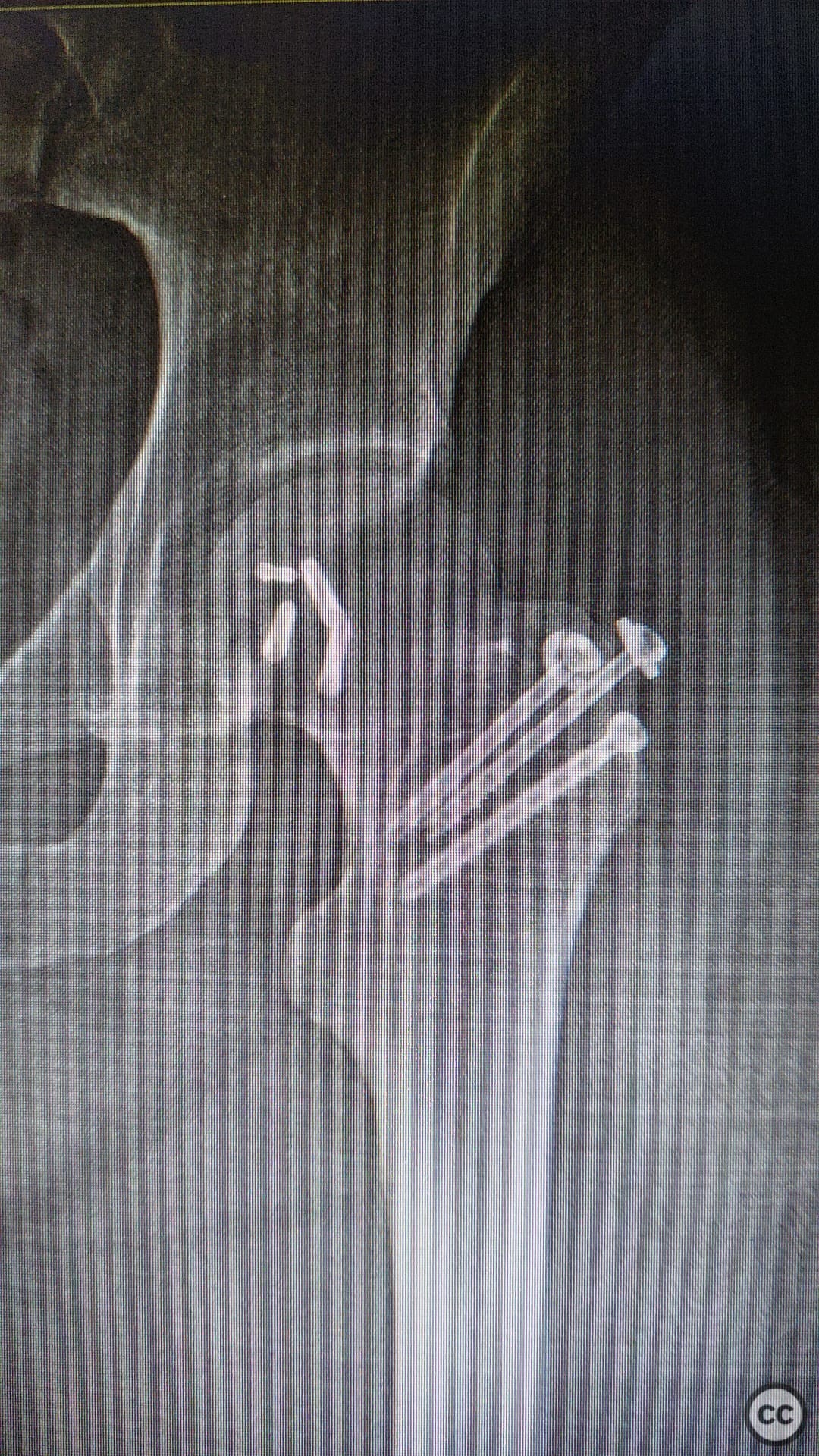
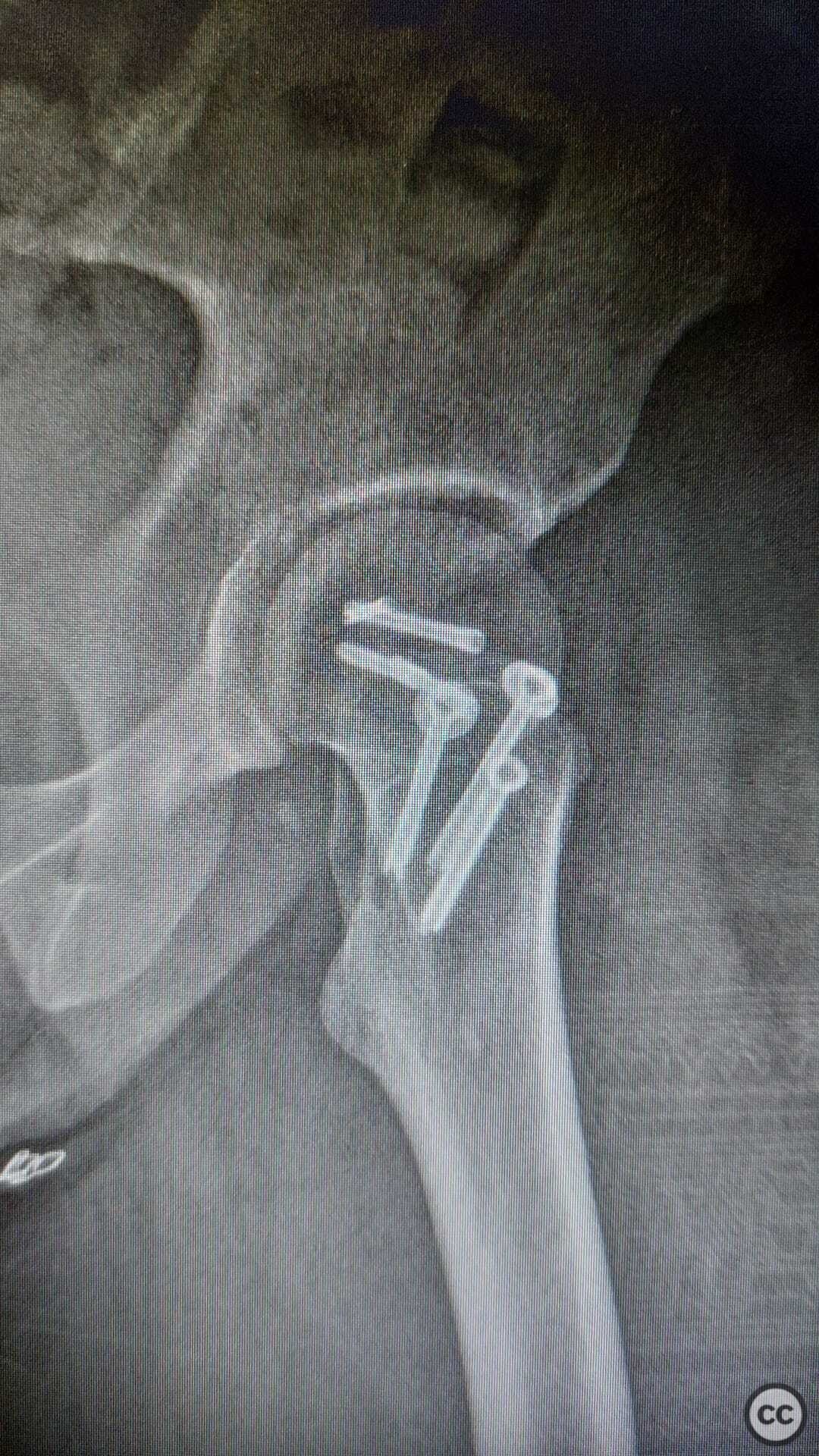
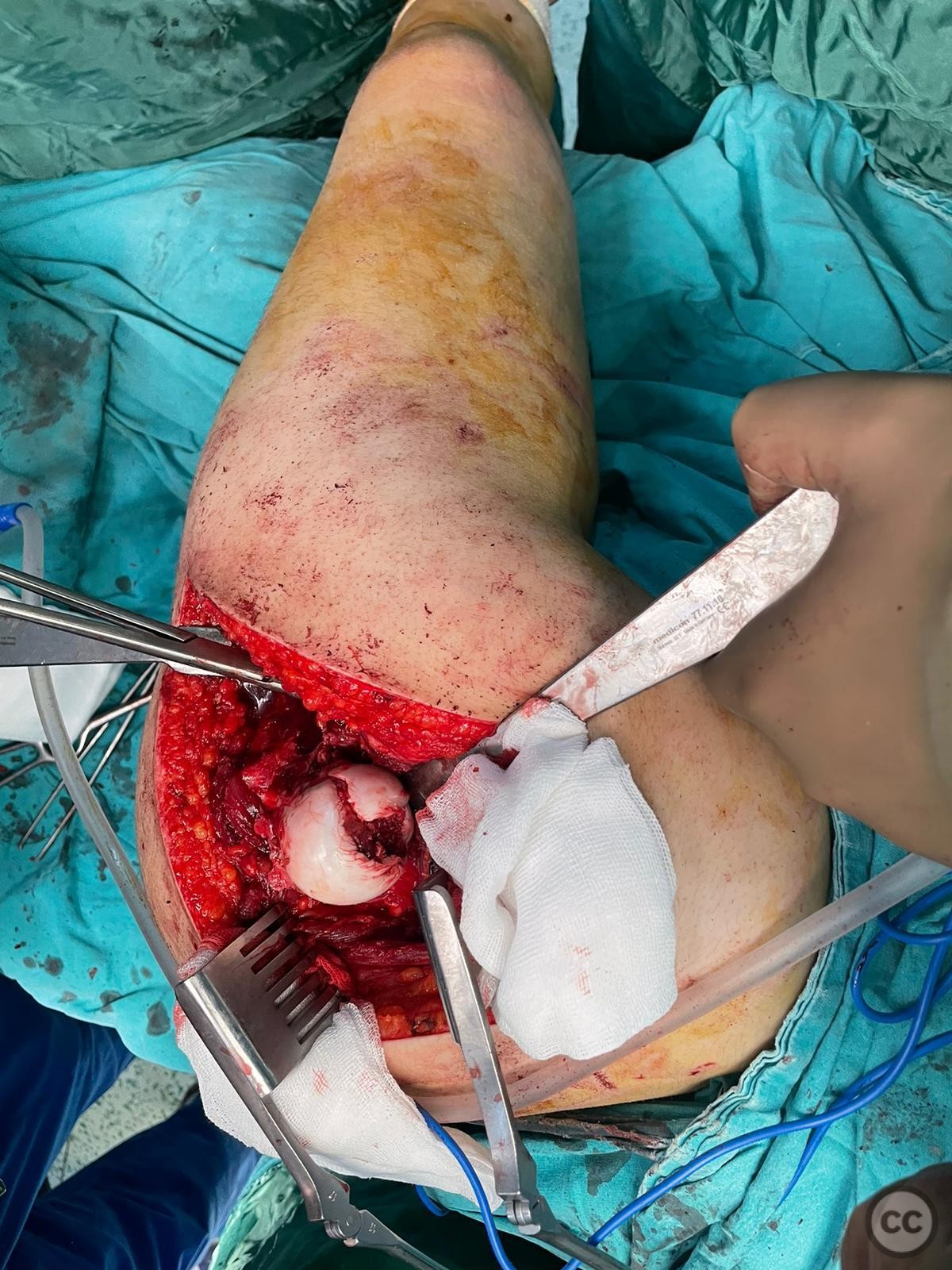
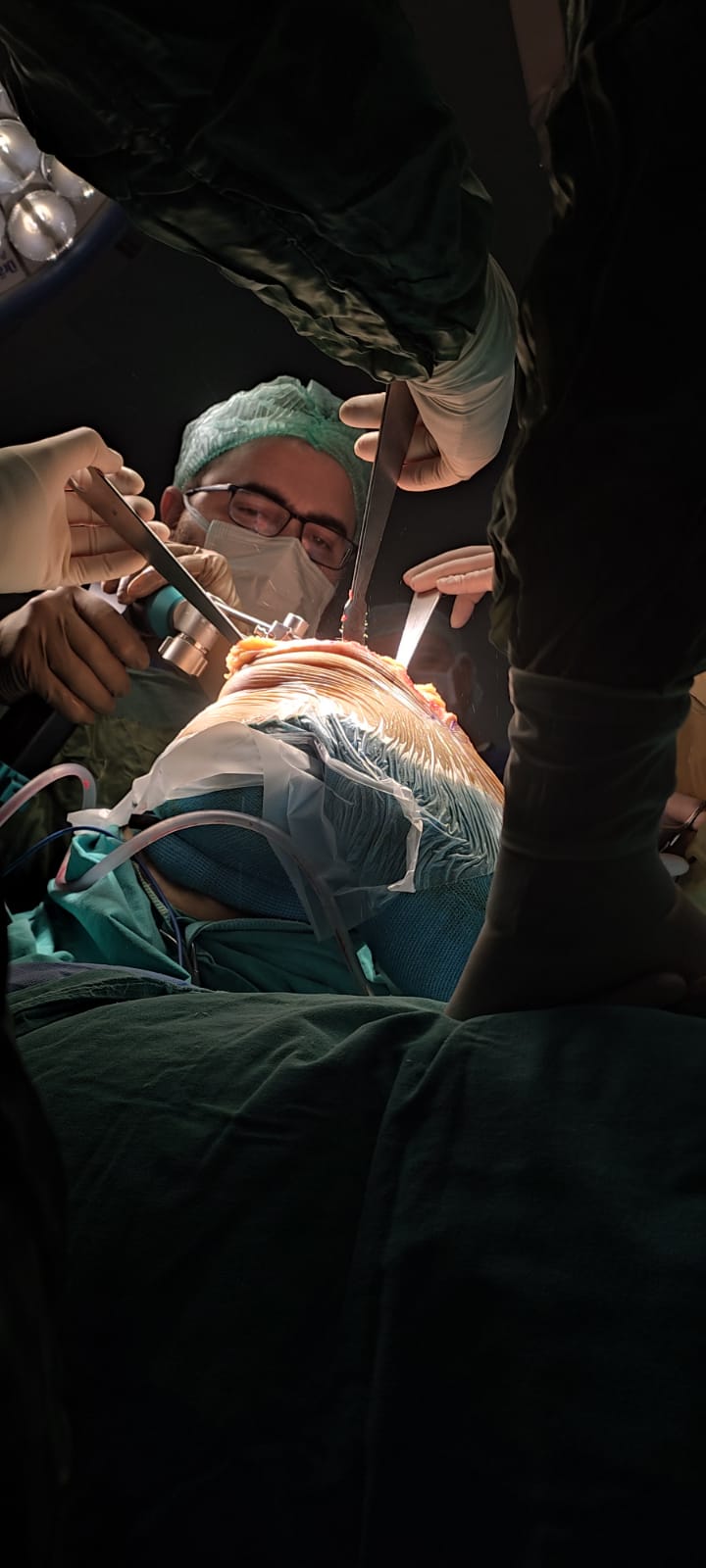

Article viewed 593 times
31 Mar 2023
Add to Bookmarks
Full Citation
Cite this article:
Seçkin Doğan. (2023). Femoral head Pipkin type 1 - earthquake crush injury. Journal of Orthopaedic Surgery and Traumatology. Case Report 5108563 Published Online Mar 31 2023.